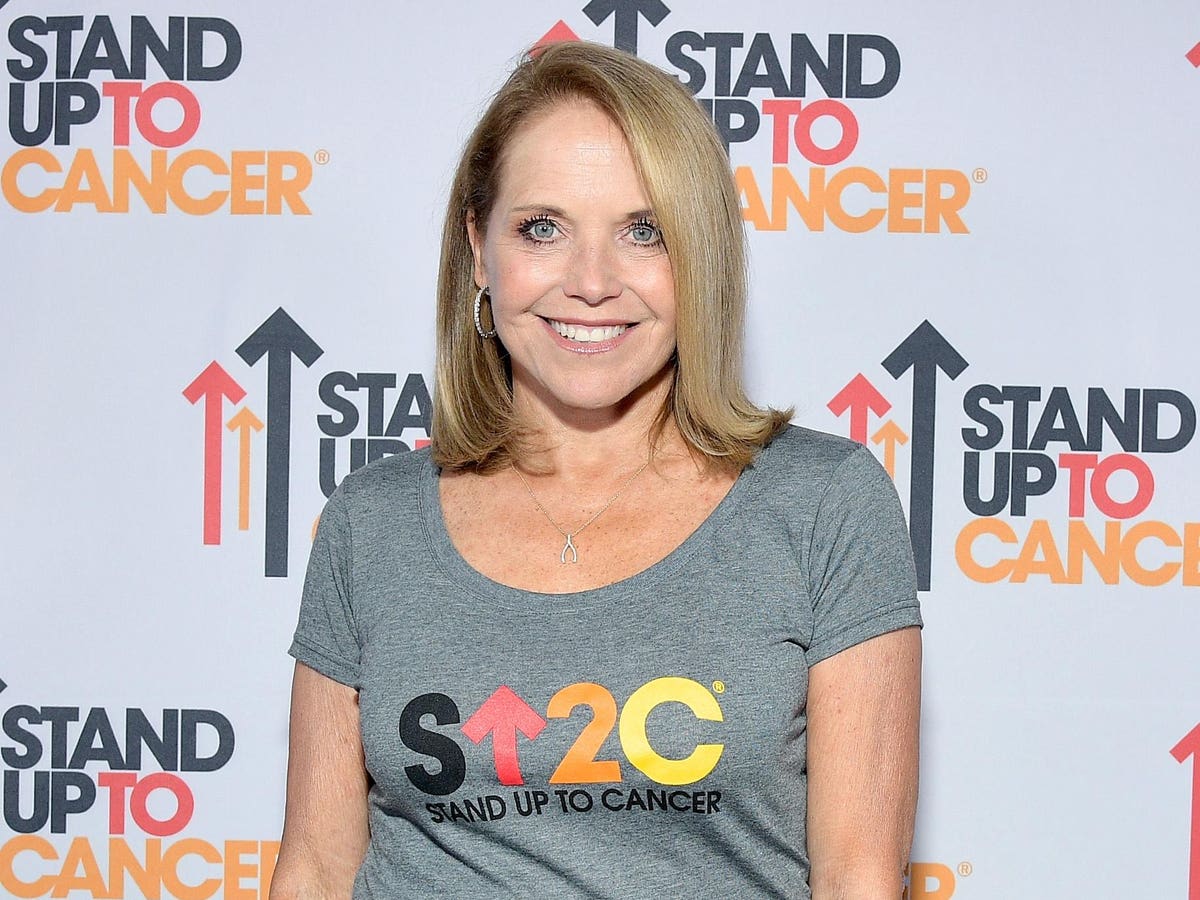On August 16, a new study revealed that cancer rates are on the rise among younger Americans. Cancer holds the ignoble spot of second most common cause of death in the U.S., after heart disease. Acclaimed news anchor, journalist and media company founder Katie Couric lost both her late husband Jay Monahan and her sister Emily to cancer. These tragedies inspired her to increase awareness of and raise money for cancer research.
Fifteen years ago, Couric joined forces with eight other women in the entertainment industry to co-found Stand Up To Cancer (SU2C). The nonprofit brings scientists together to develop innovative, high-quality cancer treatments with a focus on getting them to patients quickly and saving lives. Thus far, SU2C has raised more than $746 million to support innovative research, which has contributed to nine new FDA-approved cancer treatments. On August 19, SU2C will be hosting its 8th biennial fundraising telecast to celebrate its 15-year anniversary.
“I am immeasurably proud of what Stand Up To Cancer has accomplished,” Couric said in an exclusive interview with me. “I am blown away by what nine women who were frustrated and angry about the pace of cancer research have actually done. It’s quite phenomenal. It gives me so much hope for the future.”
Recently, SU2C has explicitly set out to tackle barriers in cancer research, screening and treatment with a focus on cancer health equity in order to overcome significant cancer disparities in medically underserved communities. For example, Black people have the highest death rates and shortest survival rates of any racial or ethnic group in the U.S. for most cancers; furthermore, Black women in the U.S. have 8% lower cancer incidence than white women, but 12% higher cancer mortality.
“We have several teams focused on health disparities and how we can even the playing field to make sure your zip code or your bank account doesn’t determine whether you live or die from cancer,” Couric says. “That’s all I could think about when I was diagnosed with breast cancer – what it’s like for all the women who don’t have access to the facilities and cutting-edge therapies that I do. I’m living proof that early detection works because a mammogram detected my breast cancer while it was only at stage one.”
One of the primary reasons why Couric feels SU2C has been so successful in developing cancer treatments is that they were “way ahead of the curve on collaboration.” She explains, “These days, more and more, we see formerly siloed organizations working together to solve some of the most intractable problems of our time. SU2C was onto this notion early. Fifteen years ago, it was a new concept to have scientists who were used to competing be told that they ought to collaborate instead and work together. It’s the way to get things done.”
Couric also points to the impact that grassroots movements can have on cancer prevention and treatment. She says, “I was fortunate in that when my husband Jay died from cancer, I had a platform. I was able to get a colonoscopy on TV in order to educate people as to the importance of early detection. That was incredibly empowering for me because cancer makes you feel so powerless. I wish everyone had that platform. But people can do things within their communities. They can support local scientists, do walks in honor of loved ones they’ve lost to cancer, and remind friends of the importance of early detection and tell them to get their cancer screenings.”
Read the full article here





